Selecting a home theater projector screen is not one-size-fits-all. There are several categories to choose from – from a simple pull-down to a motorized screen that adjusts to multiple aspect ratios. There is a wide variety of materials available – some that allow audio to pass through, some that absorb light, and some that provide for high contrast. The type of projection, such as rear or front, can also play an important factor in choosing a projection surface.
Whether you’re looking for a simple pull-down projector with a white matte material or whether you’re looking for a large venue fixed frame screen for outside viewing, we can help simplify your selection, educate you on new and various technologies, and provide you a recommendation based on your needs and your budget.
Four Steps to Selecting the Right Projector Screen
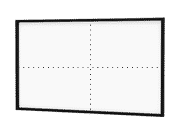
1. Determine Screen Size
Determine the optimum screen size based on room dimensions, planned audience seating size and room arrangement. In general, height should be about 1/6 the distance from the screen to the back row of seating. Ideally, the front row of seating should be the distance of two screen heights from the screen. For wall placement, the best height takes in consideration the audience floor; the bottom of the screen should be at least four feet above the floor to allow the back row to see the screen.

2. Select Aspect Ratio
Select the appropriate aspect ratio by that type of applications you will be projecting. The most common formats at 1.85:1 (Letterbox Video), 1.6:1 (Wide), 1.78:1 (HDTV), 1.33:1 (NTSC Video), 1:1 (Square), and 2.35:1.

3. Choose a Projector Screen Material
Choose a projector surface based on your viewing requirements and the environment the screen will be placed in. Some surfaces are ideal in darker rooms, some are more ideal in lighter environments. Additionally, different materials can provide other features such as a wider viewing angle.
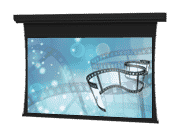
4. Pick the Type of Screen
Select the type of screen you want. Consider whether you want something that will be stationary, such as a fixed frame, or something that will retract and protract such as a manual or motorized screen. For portable projection, consider whether you want a tripod, a pull-up, or a fast folding tabletop projector screen.
Types of Screens
PROJECTION TYPES
- Front Projection
- Rear Projection
- Flexible Projection
- Short Distance
MATERIALS
- Audio Transparent
- Front Projection
- High Contrast
- Matte White
- High Ambient Light
- Rear Screen Projection
Categories
- Manual Pull-down
- Motorized (Tension or non-tension)
- Fixed Frame
- Variable Aspect
- Portable
Brands we offer



DA-LITE
- Widest range and variety
- Small home theater to large venue
- One of the most cost-efficient
DNP
- Award winning
- World’s leading supplier
- Unique customized screens
DRAGONFLY
- Cost-efficient home theater screens
- Large in-stock regional inventory
- Quick ship program



ELITE SCREENS (EPV)
- Ambient light screens
- Projector screen paint
- Innovative advancements
STEWART
- Most recognized
- Award winning
- Technologically advanced
- Unique customized screens
SCREEN INNOVATION
- Known for its Black Diamond screen
- High ambient light screens
- Innovative advancements
We know it can be overwhelming, that’s why we’re here to help you! With over sixty years in the industry, we have the specialists that can help you find the perfect projector screen for your needs.

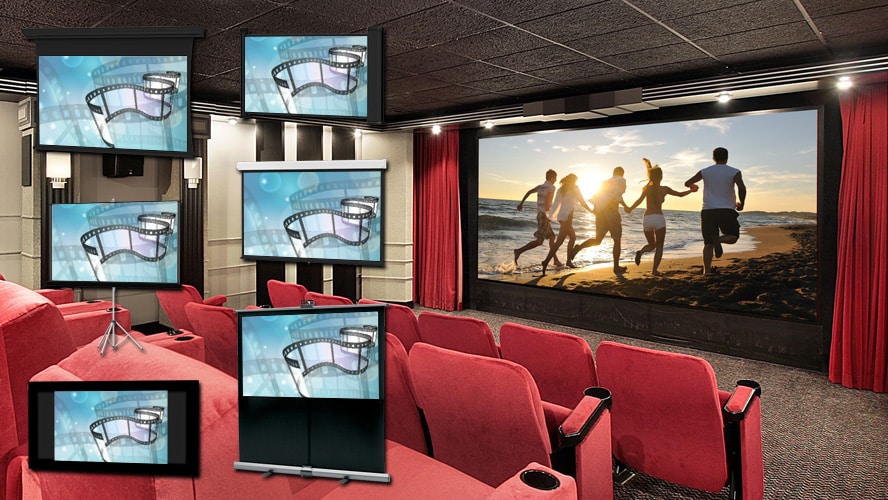

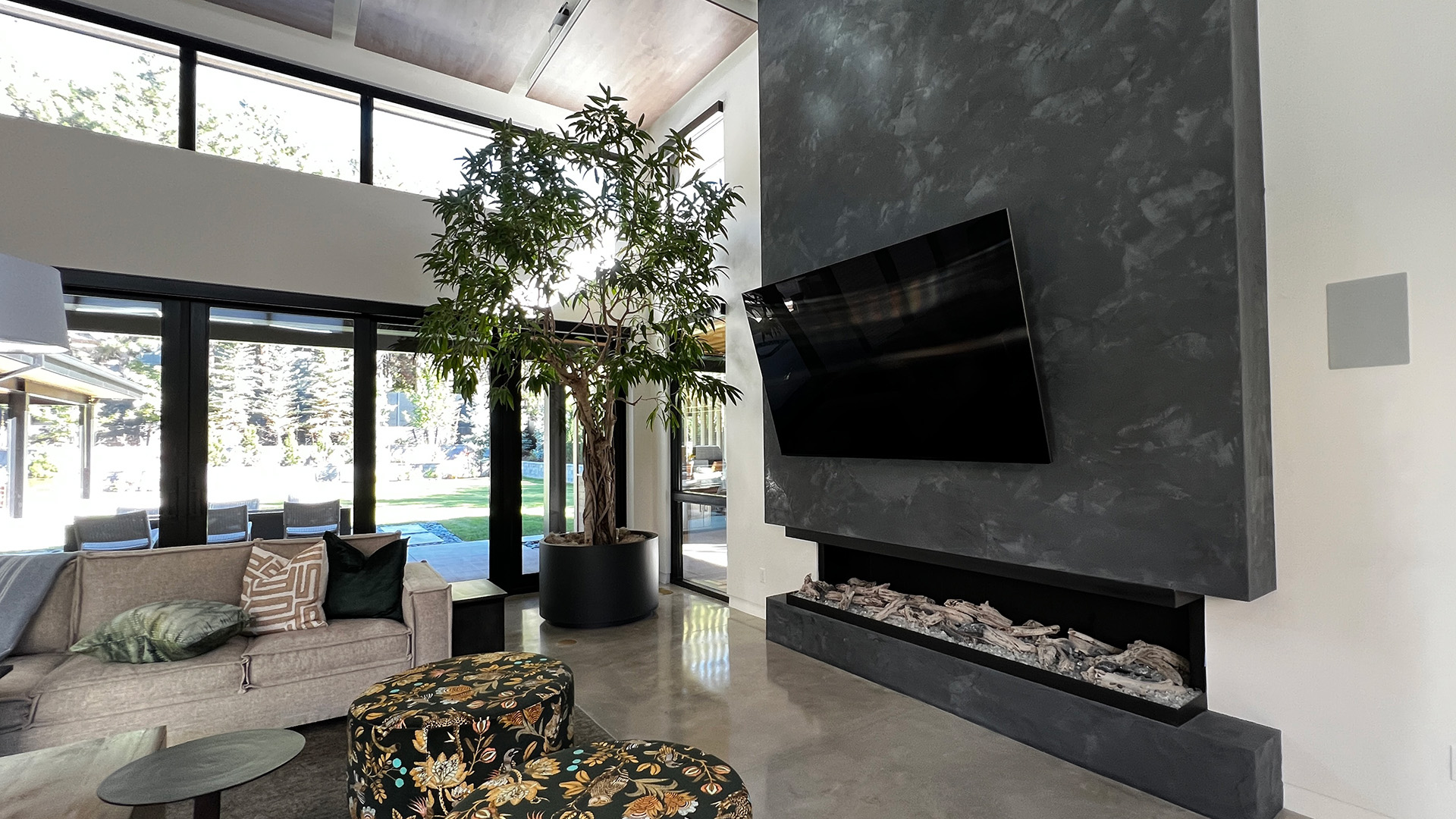
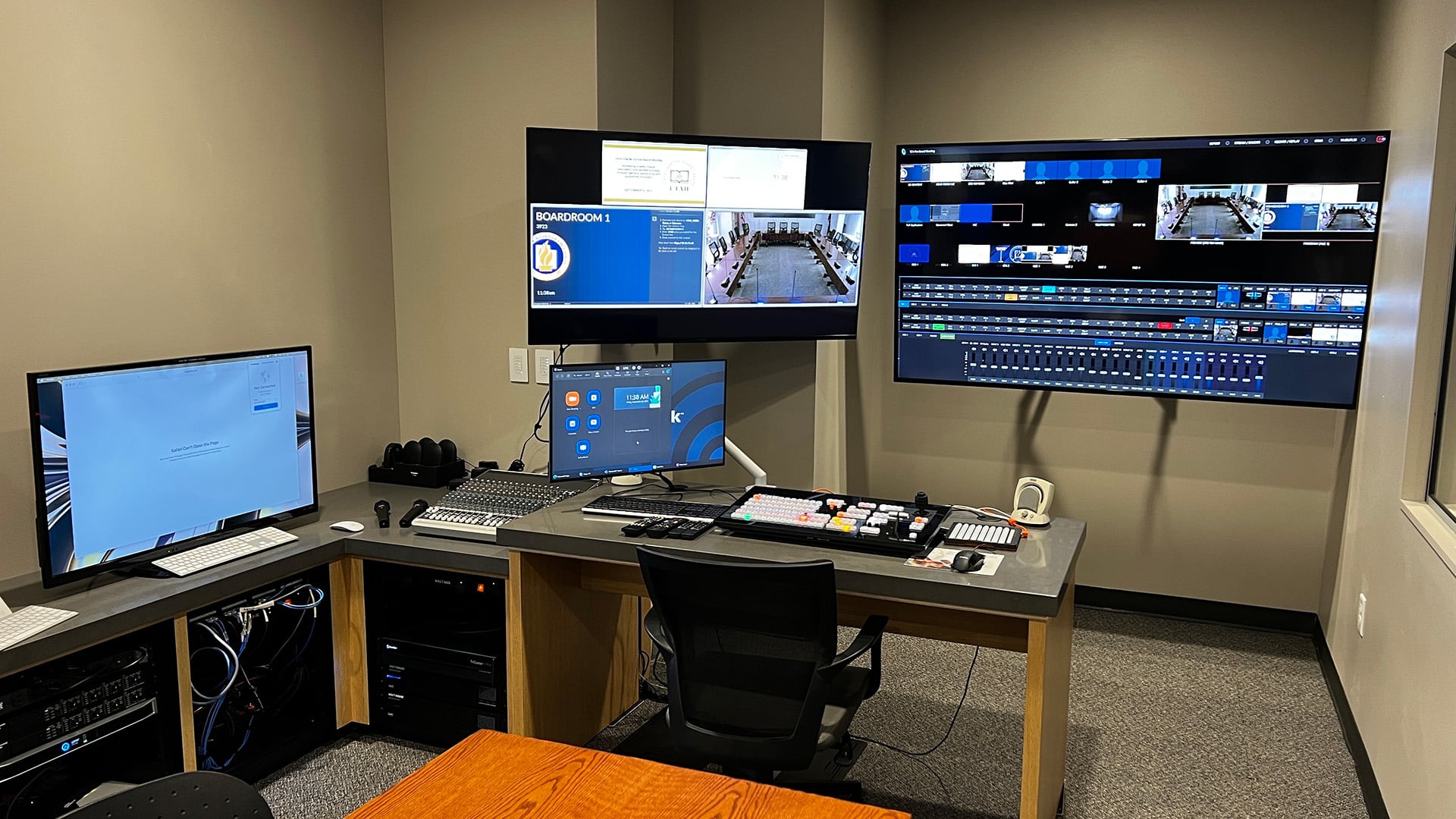
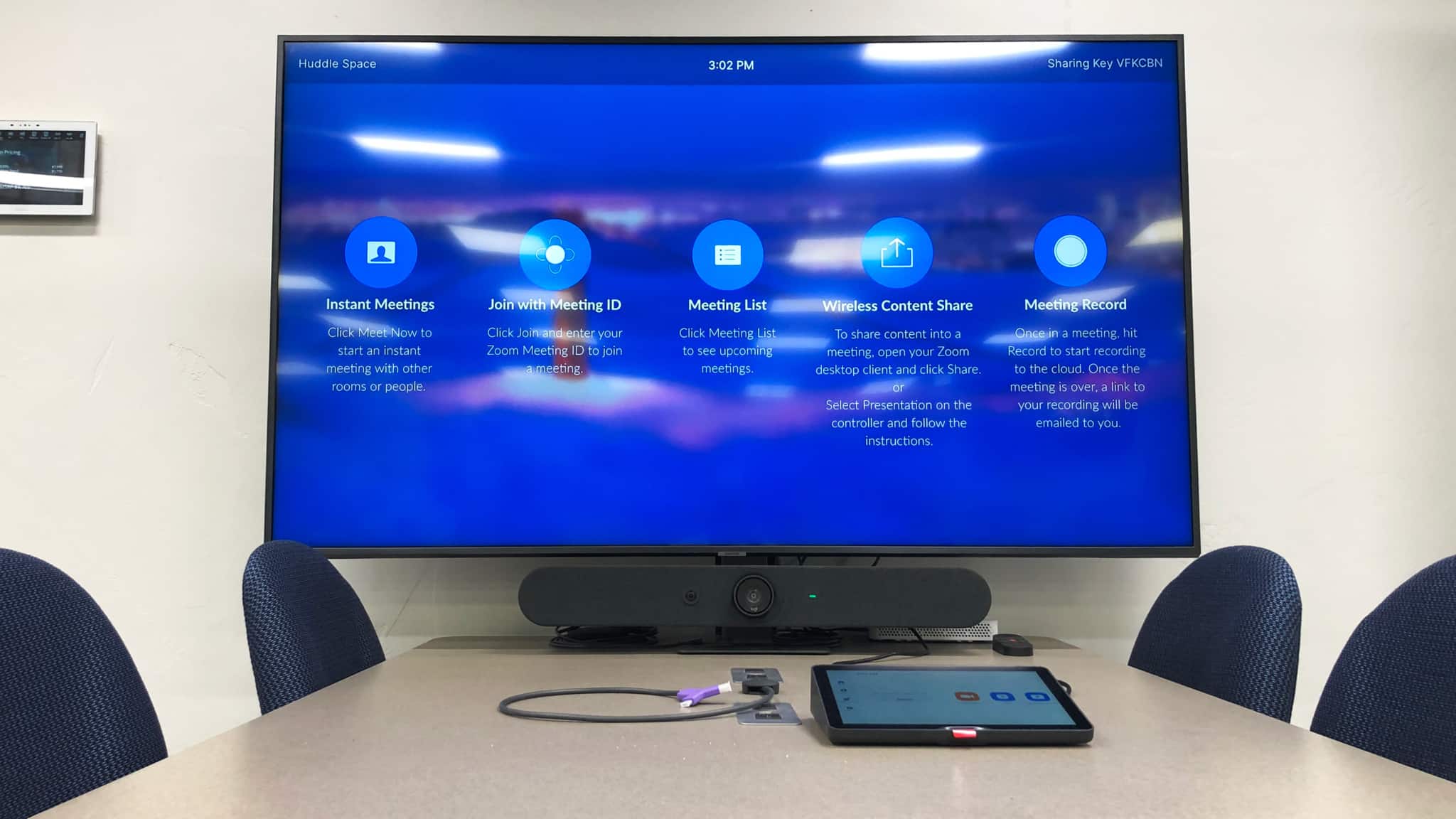
0 Comments